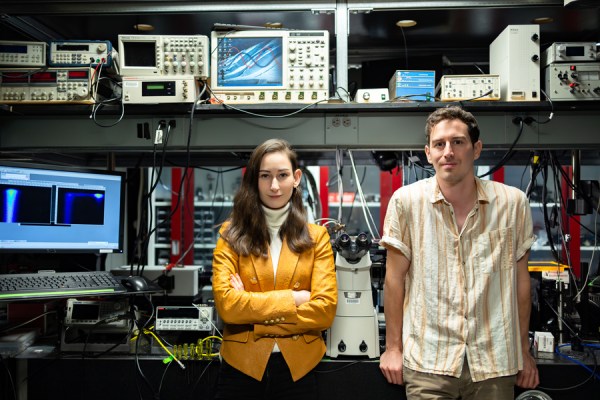Data centers and the electrification of devices that previously ran on fossil fuels is driving increased demand for electricity around the world. China is addressing this with a megaproject that is a new spin on their most famous piece of infrastructure.
At 250 miles long and 3 miles wide with a generating capacity of 100 GW, the Great Solar Wall will be able to provide enough energy to power Beijing, although the energy will more likely be used to power industrial operations also present in the Kubuqi Desert. NASA states, “The Kubuqi’s sunny weather, flat terrain, and proximity to industrial centers make it a desirable location for solar power generation.” As an added bonus, previous solar installations in China have shown that they can help combat further desertification by locking dunes in place and providing shade for plants to grow.
Engineers must be having fun with the project as they also designed the Guinness World Record holder for the largest image made of solar panels with the Junma Solar Power Station (it’s the horse in the image above). The Great Solar Wall is expected to be completed by 2030 with 5.4 GW already installed in 2024.
Want to try solar yourself on a slightly smaller scale? How about this solar thermal array inspired by the James Webb Telescope or building a solar-powered plane?

















